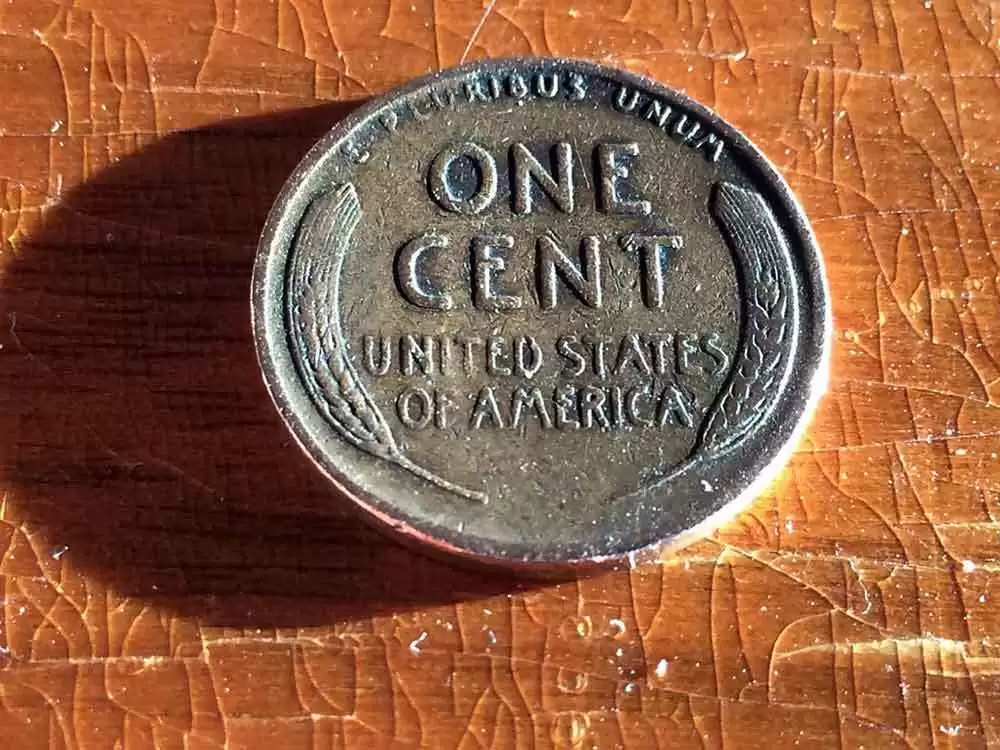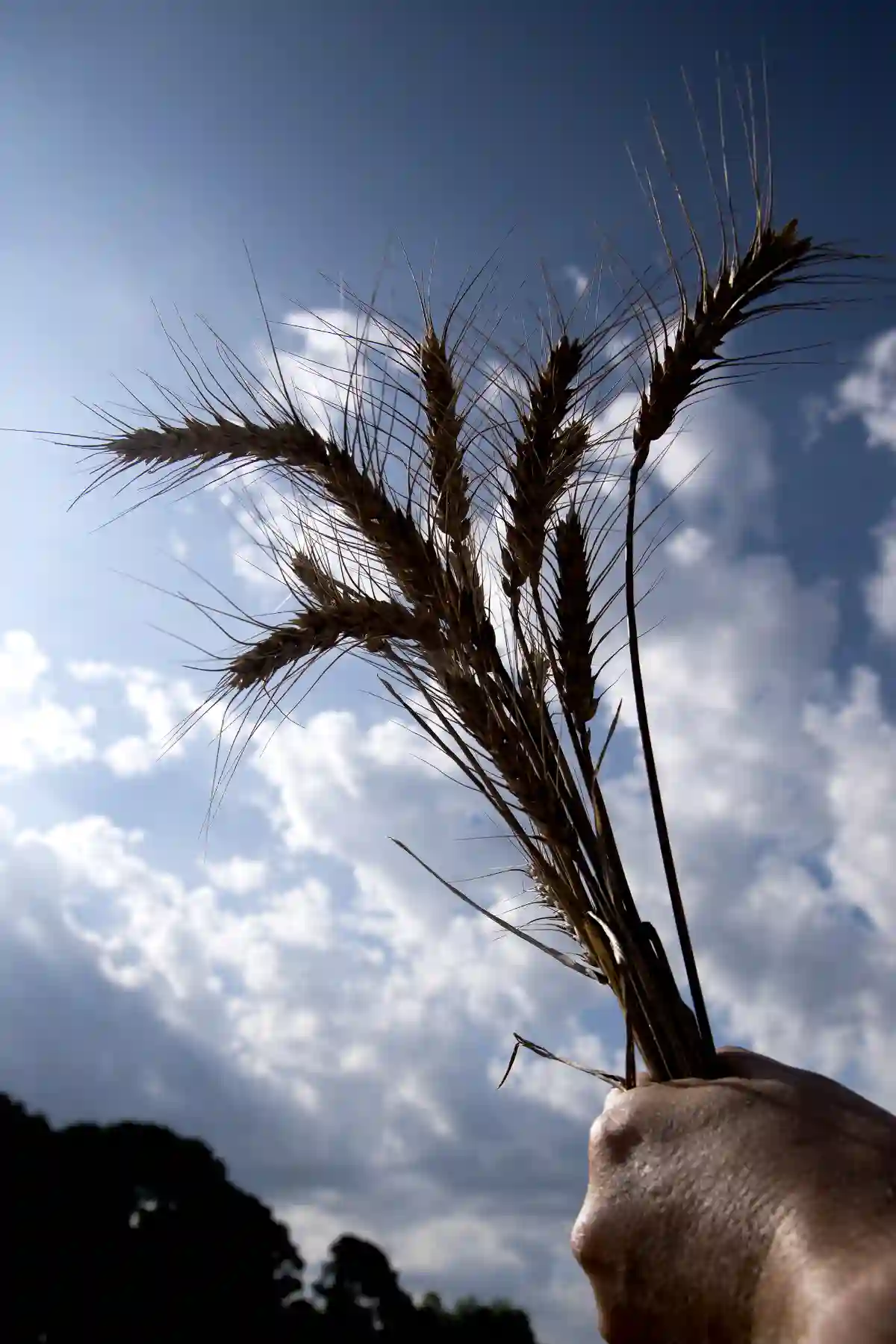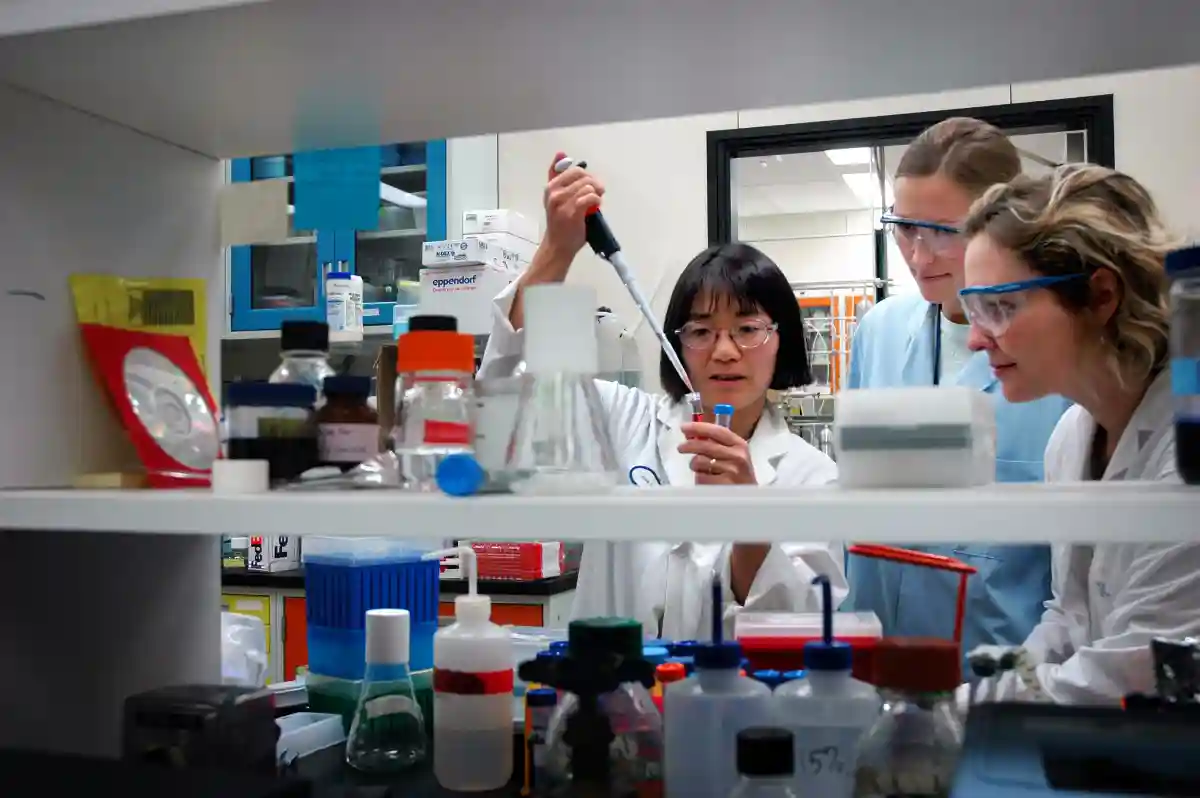Celiac.com 10/21/2024 - Wheat has been a staple in human diets for centuries, but for individuals with celiac disease and gluten sensitivities, consuming wheat can lead to serious health complications. The culprit? Gluten, particularly the gliadin fractions found in wheat, which trigger immune responses in those affected by celiac disease. A new study presents groundbreaking advancements in the field of gluten-free wheat production. Researchers have successfully used CRISPR/Cas9 technology to target and reduce gluten content by editing the genes responsible for the immunogenic gliadin proteins.
Targeting Gliadin Genes with CRISPR/Cas9
The researchers in this study focused on two major groups of gliadin proteins: gamma (γ) and omega (ω) gliadins. These proteins are known to contain key epitopes that trigger adverse immune reactions in people with celiac disease. By designing eight specific single guide RNAs (sgRNAs), they were able to target and introduce mutations into these gliadin genes. Through the use of CRISPR/Cas9 multiplexing, a total of 59 wheat lines were produced, with 20 showing successful mutations in the target genes. This step marked a significant advance in reducing the gluten content of wheat.
Massive Reduction in Gluten Content
Celiac.com Sponsor (A12):
One of the most striking findings of the study was the 97.7% reduction in gluten content in the edited wheat lines. This was confirmed through various methods, including Reverse Phase High-Performance Liquid Chromatography (RP-HPLC) and monoclonal antibodies. The reduction was most noticeable in γ-gliadins and ω1,2-gliadins, while α-gliadins saw smaller decreases. These reductions make the modified wheat an incredibly promising candidate for gluten-free food products, although some limitations remain when it comes to fully eliminating all immunogenic components.
Combining Multiple Mutations
In addition to targeting γ- and ω-gliadins, the researchers took an extra step by crossing these modified lines with CRISPR/Cas9 lines that had already been edited for α-gliadins. This approach resulted in wheat lines with multiple mutations across different gliadin families, further enhancing the reduction of gluten content. By combining multiple edits, the research has moved closer to producing wheat that is significantly safer for people with celiac disease or gluten sensitivities.
Quantifying the Success: R5 and G12 Monoclonal Antibody Tests
To measure the gluten content in the edited wheat lines, the study used two monoclonal antibody tests, R5 and G12, which are standard in the food industry for detecting gluten in products. The R5 antibody is specifically raised against rye ω-secalins, which are similar to wheat ω-gliadins, while the G12 antibody targets α-gliadins. Both tests showed significant reductions in gluten, with some lines showing up to 97.7% less gluten. However, there were discrepancies between the two tests, with the G12 test showing slightly higher gluten content. This suggests that while the wheat lines are substantially gluten-reduced, there is still room for further refinement in achieving a completely gluten-free product.
Future Implications: The Path to Non-Transgenic, Immune-Safe Wheat
While previous efforts had been made to develop low-gluten wheat, this study is notable for demonstrating the feasibility of using CRISPR/Cas9 to edit multiple genes simultaneously in polyploid bread wheat. The result is a collection of wheat lines with drastically reduced levels of immunogenic proteins, moving closer to the goal of producing wheat that is safe for individuals with celiac disease. Importantly, these modified wheat lines are non-transgenic, meaning they do not contain foreign DNA, which may make them more acceptable to consumers and regulators.
The next steps involve further testing, including stimulation assays using peripheral blood mononuclear cells (PBMCs) from individuals with celiac disease. These tests will help researchers identify which wheat lines cause the least immune response, with the ultimate goal of producing wheat that can be safely used in gluten-free products.
A Step Toward Gluten-Free Wheat for Celiac Disease Patients
For individuals with celiac disease, the promise of gluten-free wheat represents a potential game-changer. This study has made significant strides toward that goal by reducing the immunogenic gliadin proteins that cause adverse reactions. While further testing and development are necessary, the application of CRISPR/Cas9 technology in wheat breeding holds great promise for the future of gluten-free diets.
The study does not specifically address the baking properties of the new wheat varieties with reduced gluten content. However, this is an essential consideration when developing gluten-free or gluten-reduced wheat. Gluten plays a critical role in baking, as it provides dough with its elasticity, structure, and ability to trap air during fermentation, leading to the light and airy texture of bread and other baked goods. When gluten is removed or reduced, it can significantly alter these properties, resulting in denser, less cohesive baked products. Therefore, it's crucial that any new gluten-free wheat varieties maintain similar baking characteristics, or alternative methods, such as adding binders like xanthan gum or psyllium husk, may be needed to replicate the qualities gluten imparts in baking. Balancing the reduction of immunogenic proteins with maintaining functional qualities is key to making the wheat practical for food production.
This research is especially meaningful for those with celiac disease because it offers hope for a future where they can enjoy wheat-based foods without fear of triggering harmful immune responses. By creating wheat with drastically reduced gluten content, researchers are opening doors to new gluten-free food options that could improve the quality of life for millions of people worldwide.
Read more at: academic.oup.com








Recommended Comments
Create an account or sign in to comment
You need to be a member in order to leave a comment
Create an account
Sign up for a new account in our community. It's easy!
Register a new accountSign in
Already have an account? Sign in here.
Sign In Now